Have you ever seen a circuit breaker trip and wondered what just happened inside that small device? Whether you’re wiring a home panel or installing an industrial system, miniature circuit breakers—or MCBs—are essential for keeping electrical systems safe. But how exactly do they work, and why are they so widely used?
What is a Miniature Circuit Breaker?
A miniature circuit breaker is a small electrical safety device designed to interrupt the flow of electricity when a fault is detected. Its main job is to protect circuits from damage caused by two common issues: overload and short circuit. The great thing about MCBs is that, unlike fuses, they don’t need to be replaced after a fault. You simply reset the breaker and the circuit is back in operation. This makes them not just safer but also more convenient for long-term use.
How Does an MCB Work?
An MCB uses two internal mechanisms to detect faults and break the circuit. The first is for overload protection. Current flows through a bimetallic strip, which gradually heats up. Since it’s made of two metals that expand at different rates, the strip bends as it gets hotter. When the bending reaches a certain point, it trips the mechanism and opens the circuit. This reaction takes a bit of time, which is intentional. It helps avoid unnecessary trips from small power surges that might happen when devices start up.
The second mechanism handles short circuits. In these cases, the current increases suddenly and reaches a very high level in milliseconds. This rapid spike energizes a solenoid coil inside the MCB, which creates a magnetic field strong enough to push a small pin or plunger that immediately triggers the mechanism. This allows the MCB to disconnect the circuit almost instantly, which is crucial to prevent damage or fire.
Why Are MCBs Important?
MCBs serve as the first line of defense in any electrical system. They help protect people from electric shock, prevent equipment damage, and reduce the risk of electrical fires. Because they are resettable and reliable, they also reduce maintenance time and cost. In environments where uptime and safety matter, MCBs provide peace of mind.
Types of MCBs
By tripping characteristics
MCBs are categorized mainly by their tripping characteristics, which determine how quickly they respond to a fault. Type B MCBs trip at 3 to 5 times their rated current and are typically used in residential settings for lighting and general-purpose outlets. Type C MCBs trip at 5 to 10 times the rated current and are suitable for small motors and inductive loads, making them common in commercial and light industrial applications. Type D MCBs trip at 10 to 20 times the rated current and are designed for high inrush current applications such as transformers or welding machines. For example, a C16 breaker means it’s a type C MCB rated for 16 amps, and it will trip when the current exceeds between 80 and 160 amps.
MCBs come in different tripping curves, depending on the application, this is the table you can use:
| Type | Trips at… | Typical Use |
|---|---|---|
| Type B | 3–5× rated current | Homes and offices (resistive loads) |
| Type C | 5–10× rated current | Motors and lighting (inductive loads) |
| Type D | 10–20× rated current | Transformers, welding machines |
By Number of Poles
- Single-Pole MCB: Used for single-phase circuits, these MCBs control and protect one wire. They are commonly used in household electrical systems for lighting and small appliances.
- Double-Pole MCB: Ideal for larger circuits, these MCBs control two wires, offering better protection for more significant loads, such as heating systems or large appliances.
- Three-Pole MCB: Primarily used in industrial settings, three-pole MCBs protect three-phase electrical systems, which are common in factories and large commercial buildings.
- Four-Pole MCB: These MCBs are designed to handle three-phase systems with a neutral wire, ensuring complete protection for complex electrical installations.
Common Applications
MCBs are used in nearly every sector where electricity is involved. In residential buildings, they protect lighting and appliance circuits. In commercial spaces, they’re found in distribution boards and equipment control panels. In industrial environments, they help protect motors, control systems, and heavy machinery. You’ll also find specially designed compact MCBs in vehicles, ships, and renewable energy systems like solar panels. Their size, reliability, and quick response make them ideal for almost any installation.
Key Benefits of Using MCBs
MCBs offer several advantages. First, they can be reset after tripping, unlike fuses that need to be replaced. Second, they provide dual protection against both overload and short circuit. Third, they’re compact and easy to install in panels. They also have a clear ON/OFF status which makes fault detection and system maintenance simpler. On top of that, their long lifespan and low maintenance make them a cost-effective safety solution.
Final Thoughts
Miniature circuit breakers might seem like simple devices, but they play a critical role in electrical safety. Understanding how they work, what types are available, and where they’re used helps you design better systems and avoid costly failures. Whether you’re a student, technician, or professional engineer, mastering the basics of MCBs is essential for safe and efficient electrical work.
